Thanks to COVID-19, the digital transformation that could have taken years took over two months and most of the brick and motor institutes went digital! Learning video calling at the age of 50 no longer seemed like a novel thing for our teachers. Even small retailers shifted online. Everyone used the technology to the fullest and a pandemic surprisingly increased the digital penetration of India into rural markets.
It was a matter of survival which was a necessity and that created a demand for innovation. Start ups emerged with ideas of contactless collaboration and with ideas to make our troubled lives easier. People started to learn coding and various tech tools as suddenly a new demand arose in the talent market with AI and ML. Industry 4.0 Technologies became the new normal.
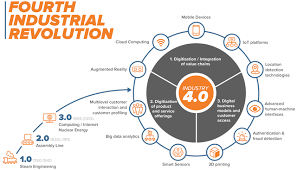
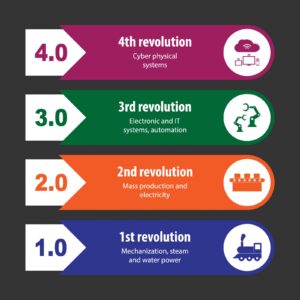
Let us analyze the transformation in depth:
Cloud Computing Environment:
Cloud Computing seems like an unsung hero in these tough times. The testing times demand rapidly deployable applications for maintaining data. Almost all sectors including healthcare and education have been forced to start with a digital presence. With increased sophistication of technologies, the ease of executing services like shopping, bill payments, online consultation, online reservations etc can be made by a click of a mouse. The competition between companies increased tremendously as every player competed to capture the newly obtained online audience. Today Big Data is supporting organizations understand consumer needs by analyzing big chunks of data. Our digital footprints are tracked to introduce us to products which might suit our needs and tastes.
CCE is unique as it is easy to set-up and requires minimal service interaction. Thus, a lot of companies are shifting to cloud. Cloud Computing provides low up-front expenses, is not infrastructure heavy and does not require heavy software licenses. In 2014, more than 900 social media sites were available online; however, the number has increased exponentially today. To boost its business, IBM introduced IBM CCE Migration Services and IBM CCE Deployment Services so that they can make their existing workload available to the public CCE so that deployment services are easier and more cost-effective. Amazon introduced its cloud service, Amazon Web Service (AWS) which accounted over 55% of the company’s operating profit in the second quarter of 2018. Furthermore, the migration from traditional application services to CCE has anticipated Amazon to increase at CAGR of 22.59% from 2019 to 2022.
Artificial Intelligence:
AI has been a boon in these tough times. In relation to the healthcare industry, it is no less than a doctor for the modern man. Use of AI in healthcare sector has definitely made life easier as compared to traditional analytics and clinical decision-making tools. WHO and CDC of the United States are receiving several tera bytes of data of several diseases occurring across the world. The modern technology architecture along with AI models help in analysing these data and prompt solutions. In addition to the official input data, AI is intelligent enough to extract information from social media posts, various forums and reports and analyse them in multiple languages using natural language processing techniques (NLP techniques). Today, unsupervised ML, a subset of AI, can identify patterns of occurrence from the historical and real time data without requiring any training from a preselected data set. Some notable examples are as follows:
1) BlueDot- Successfully detected outbreak of Zika Virus in Florida and spotted coronavirus nine days before WHO released its official statement.
2) XGBoost (machine learning based prognostic model- Developed by Huazhong University of Science and Technology (HUST) and Tongji Hospital (Wuhan) to predict survival rates of COVID-19 infected patients. The AI tool turned out to be 90% accurate.
3) COVID-Net (deep learning model)- Detecting COVID-19 positive cases using chest X-rays.
4) Google’s DeepMind- Helping researchers study the protein structure of SARS-CoV-2.
5) FluSense (contactless syndromic surveillance platform)- Forecasting seasonal flu and other viral respiratory outbreaks.
6) Cloud Ginger (XR-1, AI powered humanoid robot)- Assisting the healthcare workers to deliver food and medicines to patients during quarantine.
5G assisted healthcare services:
With the lockdown and the social distancing norms in place, tele-health has been on the rise. Tele-pharmacy is used to provide remote pharmaceutical care to patients who are not in contact with any pharmacist in their area of residence. Telesurgery allows surgeons to perform surgeries from a remote location. Using these teleservices requires underlying sophisticated technologies like a 4K or 8K video streaming between the doctor and patient with less latency and jitter. Health education programs done remotely needs proper bandwidth and internet connection. Monitoring patients by telenursing required uninterrupted HD and 4K video streaming. Telepharmacy will required Unmanned Aerial Vehicles (UAV) with assured connectivity from the based station. Telesurgery will require ultra-low latency communication between surgeon and the patients and connectivity with devices like camera, sensors, Augmented Reality devices, haptic feedback devices, robots and other wearables. 5G here comes as a boon.
Now, as the new year 2021 starts, we look behind to see how much we have sped up in the last one year. The digital progress which would have taken years was achieved in months. Sadly, we had to wait for a pandemic to set up our pace.
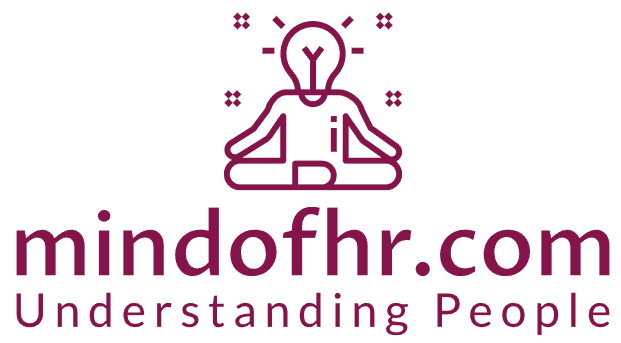






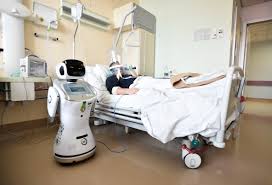


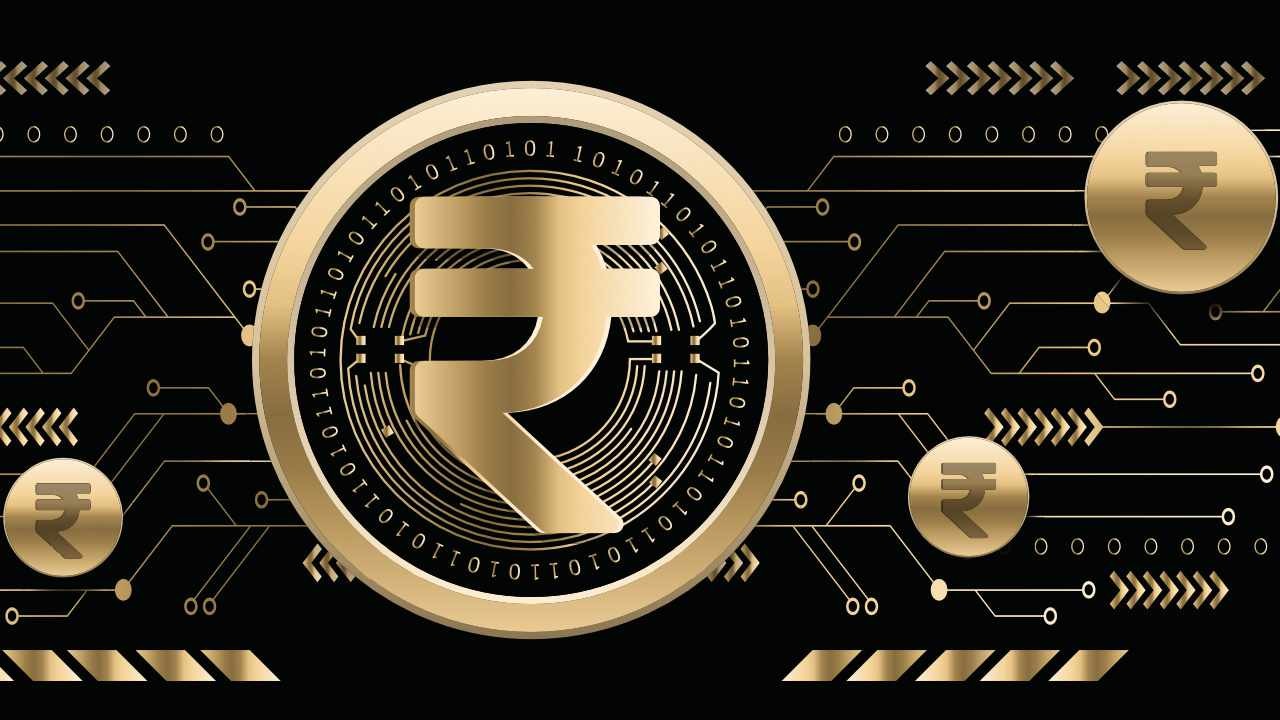

Nicely written